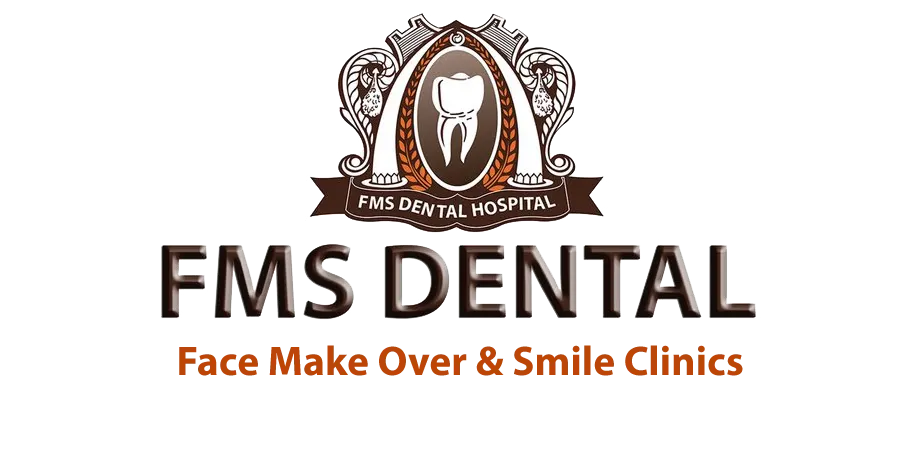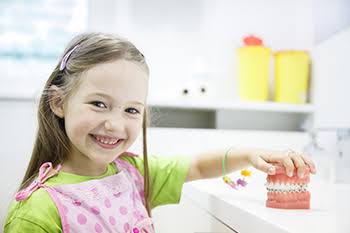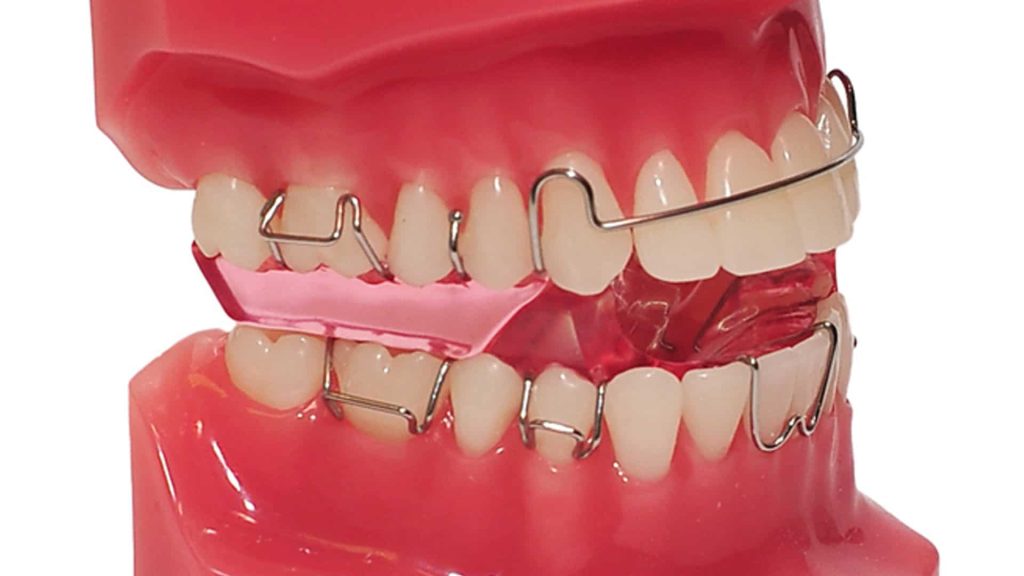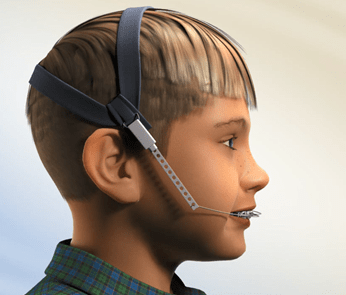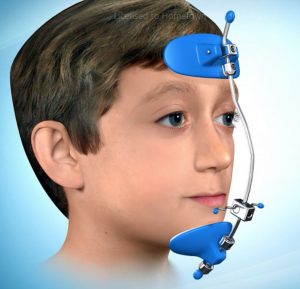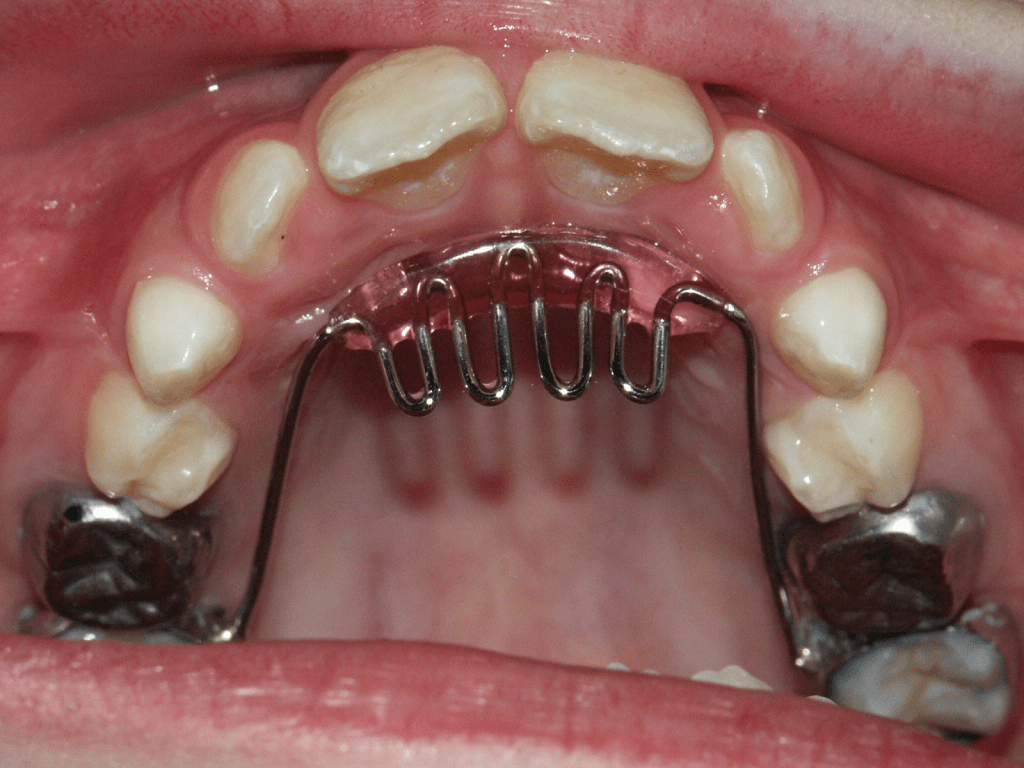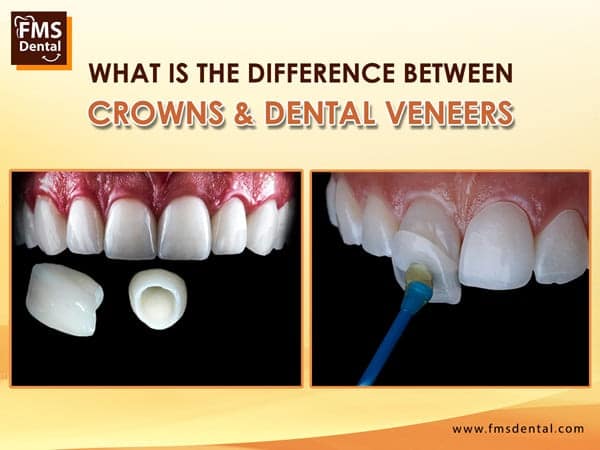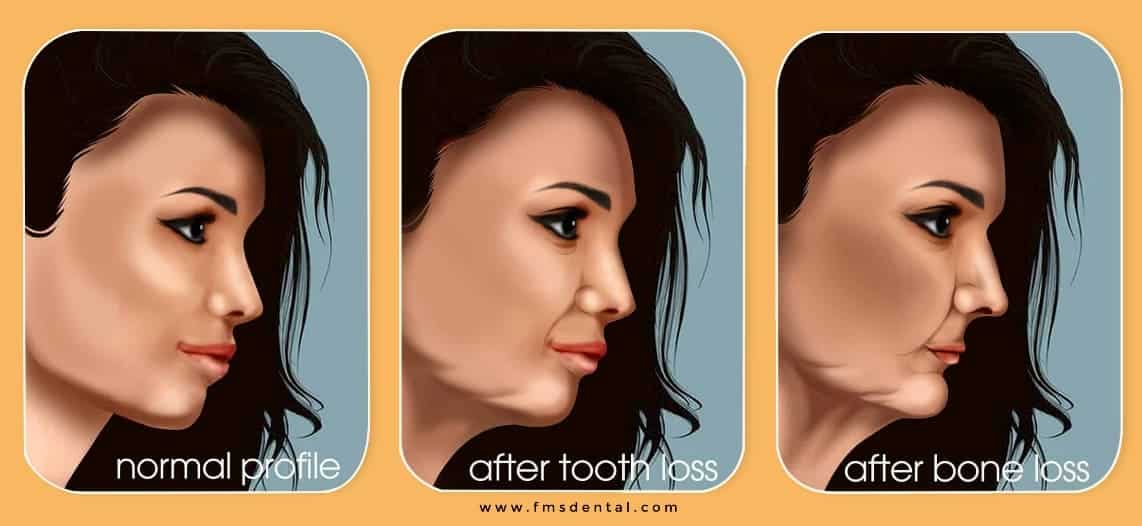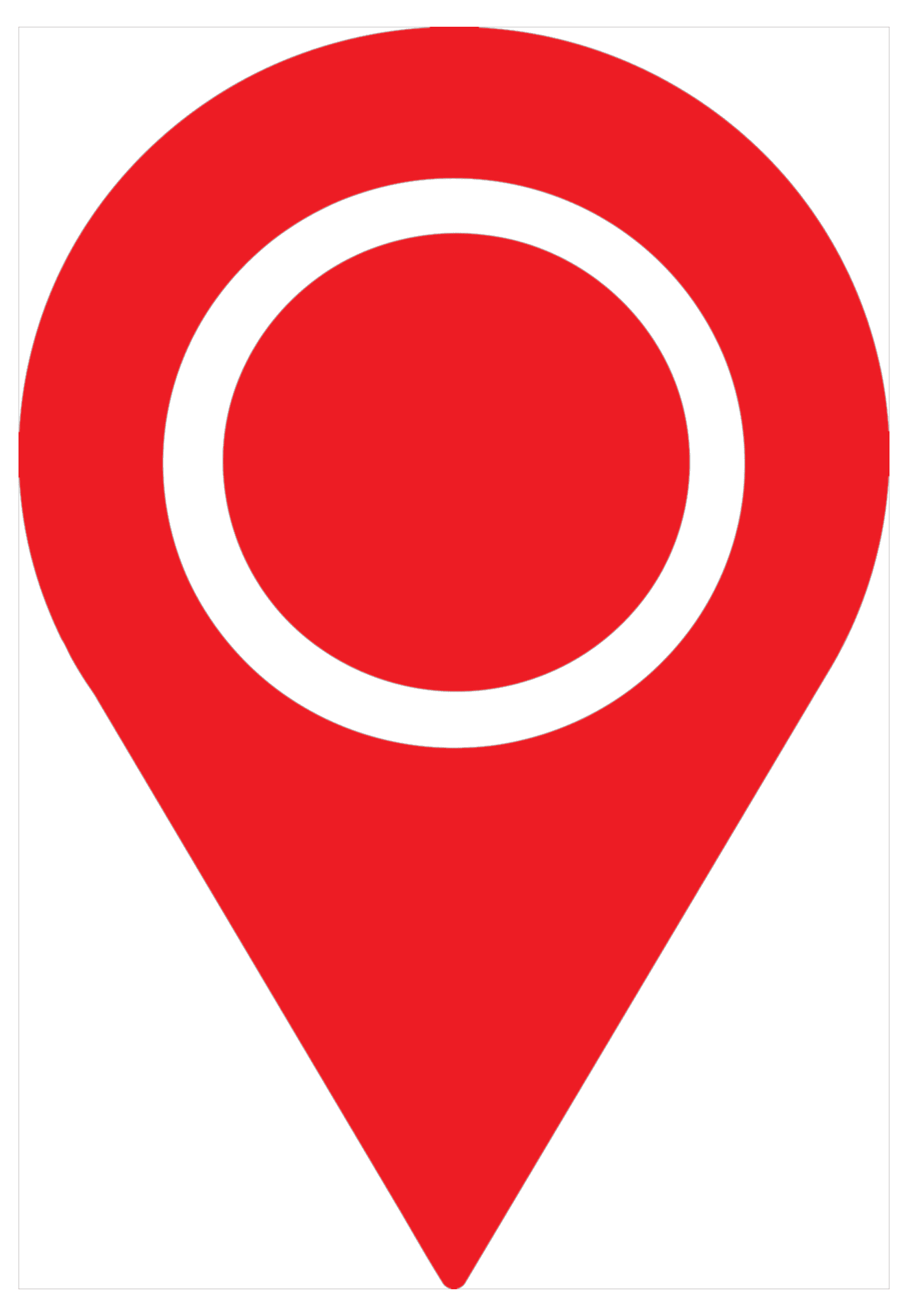1). Functional appliances are used before fixed appliances, in cases where there are growth related problems of the jaws.
2)They are removable/fixed appliances that work by posturing the lower jaw forward and in doing so reducing the gap between the top and bottom teeth.
3)Treatment time takes about 6-9 months, depending on how well they are worn and fixed appliances are usually used after this to align the teeth.
4)This treatment is best carried out when the patient is young going through the growth phase so that jaw growth can be stimulated to help reduce the prominence of the upper teeth.
5)Myofunctional appliance holds the lower jaw forward and guides eruption of the teeth into a more desirable bite while helping the upper and lower jaws to grow in proportion with each other. Patient compliance in wearing this appliance is essential for successful improvement.
If a child has got small lower jaw giving him an appearance of bird face, a custom fabricated removable myofunctional appliance called an activator or a twin block can be given to child to wear on teeth and jaws, which delivers natural, mild and painless forces to the growing lower jaw through jaw muscles to make it grow more and in proportion to the upper jaw. These appliances are given to young children when they have jaw problems along with the teeth problems.

